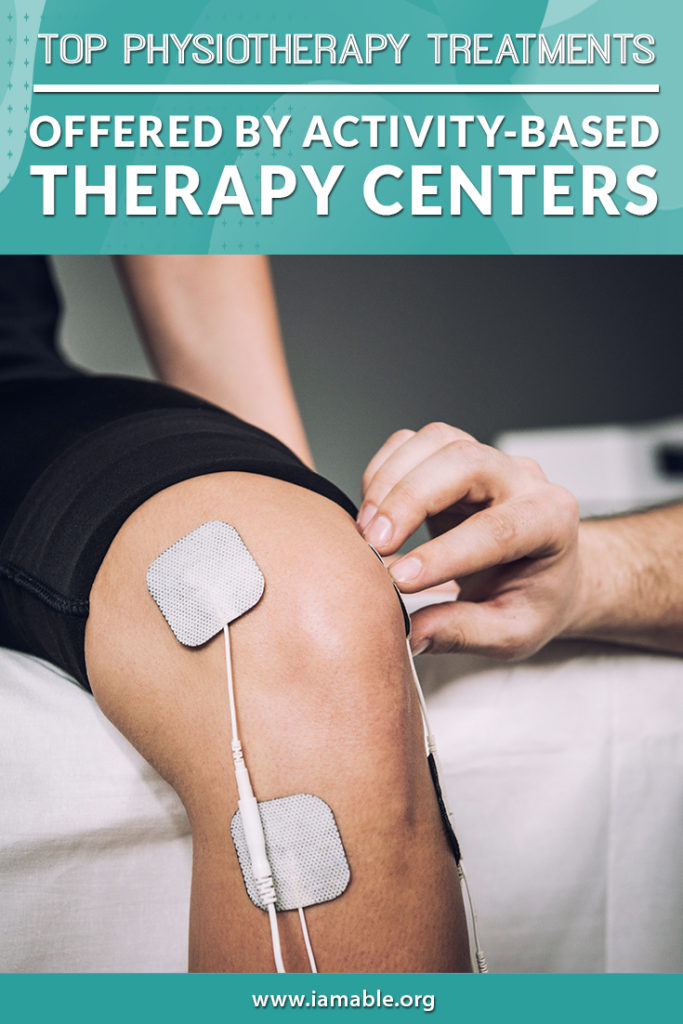Miami, FL 33186

Activity-based therapy centers are on the cutting edge of recovery techniques for spinal cord injury patients. However, more traditional methods of SCI injury recovery are also essential. Therefore, you want to find a center that is willing to offer a good blend of therapies. This maximizes patient outcomes. Here are some of the top physiotherapy treatments offered by activity-based therapy centers.
There will always be a place for traditional physical therapy methods in SCI recovery programs. There are some goals that you just need physical therapy to achieve. Plus, you get the additional benefits of pain management, better circulation, reduced muscle atrophy and muscle weakness, and retraining for the brain.
Physical therapy can take many different forms. Whether it involves stretching techniques, use of the joints, massage therapy, or some sort of neurodynamic exercises, the objectives are similar. This will likely be the first type of treatment you receive once you are in stable condition.
Physical therapy can also involve several different types of activities. A few common and important activities include:
Of course, if you intend to continue your recovery with an activity-based therapy center, this is one of your primary reasons for making the decision. Activity-based therapies usually target specific tasks and involve a great deal of repetition. The goal is to promote neuroplasticity. What does that mean?
Neuroplasticity is the amazing ability that the brain has involving the reorganization of synapses. Sometimes an injury, particularly an SCI, severs some of these connections. However, the body has the remarkable ability to find ways around a lost connection by reorganizing the functioning synapses.
Learning and experience are the ways that the body forms and reorganizes neural connections. This makes activity-based therapy a crucial part of the recovery process. You must reeducate the nervous system of the body so that neural connections form and reroute. This will allow you to restore as much movement as possible.
Repeating task-specific activities in an intensified manner gives the body its best shot at adapting the intact neural circuits.
FES involves the use of electrical pulses to stimulate paralyzed muscles. This allows the non-functioning muscles to get a workout. It can help to relieve spasticity. It may also help the muscles to regain some function with regular stimulation.
FES can work in connection with cardiovascular exercise. For example, a therapist may combine FES with the use of a stationary bike to allow an SCI patient to perform some of the work of cycling despite any paralysis or weakness in the muscles. This can provide the benefits of aerobic exercise and increase the effectiveness of the functional electrical stimulation therapy.
The final type of therapy that we will discuss today is gait training. It is a specific form of therapy that focuses on the ability to walk and to do so with a natural pattern. Supportive equipment helps the patient in gait training. If you have full upper body function and partial lower body function, a walker, crutches, a cane, braces, or parallel bars may be used to help you retrain your gait.
But what if you do not have any lower body function? This is where a training device like Lokomat comes into play. It is basically an exoskeleton that walks on a treadmill. All the therapist has to do is strap a patient into the exoskeleton (using a hanging harness for support) and the Lokomat does most or even all of the work depending on the patient’s needs. It functions as both gait training as well as activity-based therapy because it repeats a functional motion that the brain can potentially relearn.
At iAM ABLE, we use all of the methods highlighted in this article to help patients restore as much function as possible following an injury. However, whether you chose our Miami activity-based therapy center for your recovery or not, you can still benefit from the eBook we offer. The title is 7 Unbelievably Important Steps to Take to Thrive after Paralysis.
In our eBook, you will learn to embrace your new challenges and take control of your circumstances. Learning to deal mentally with your new life will prepare you to go as far as possible with your therapy, thereby maximizing the independence you can regain.
Grab our free e-book 7 Unbelievably Important Steps to Take to THRIVE after Paralysis by clicking the image below.
